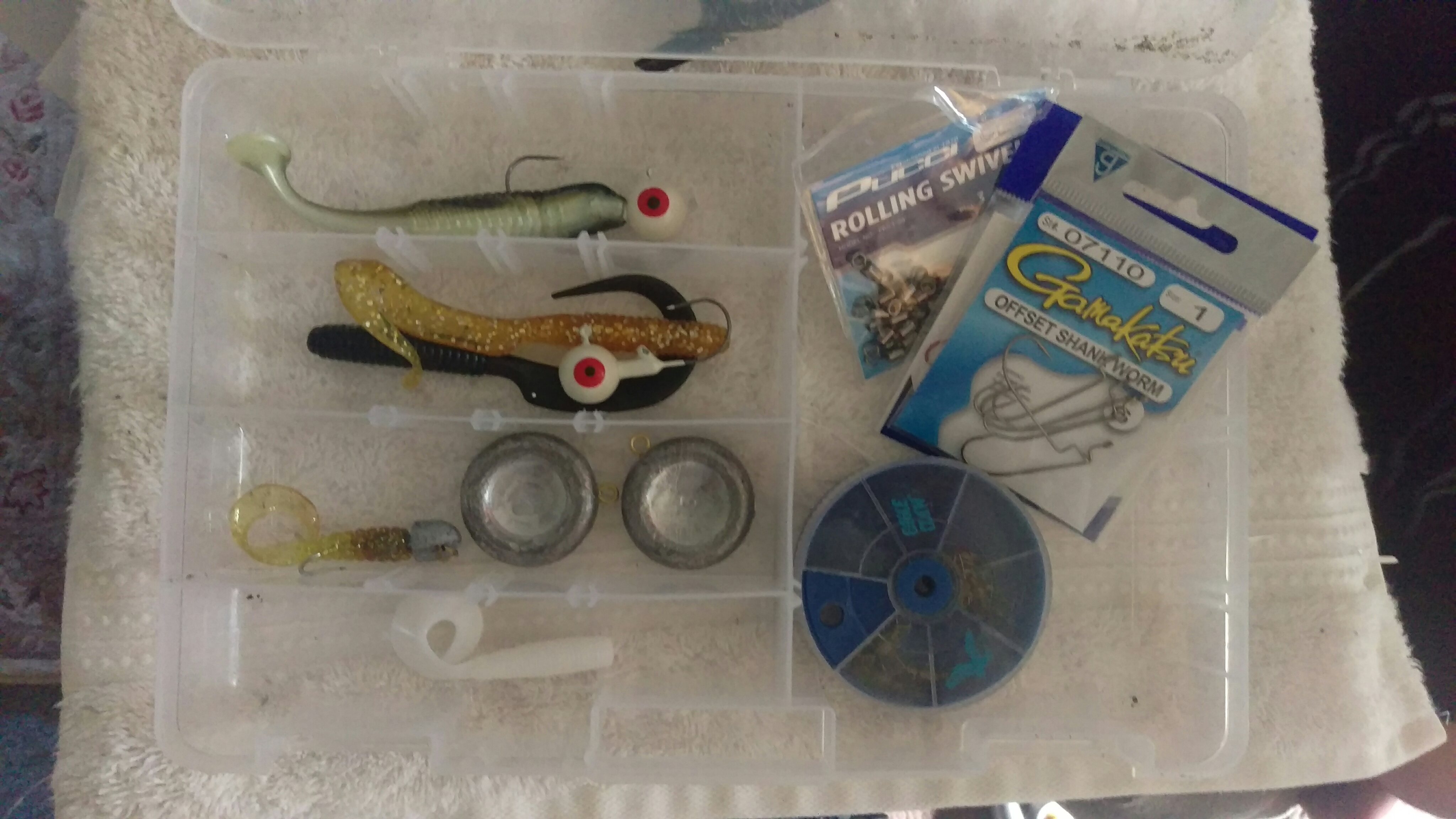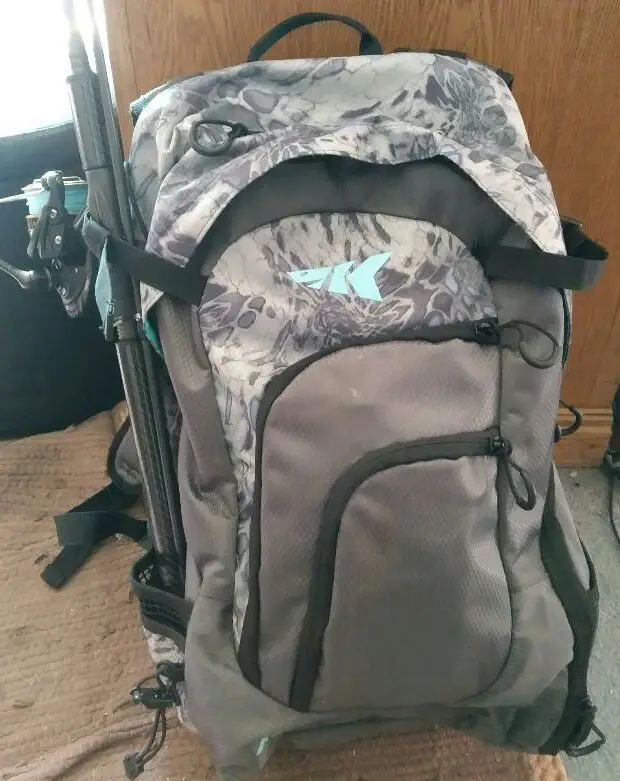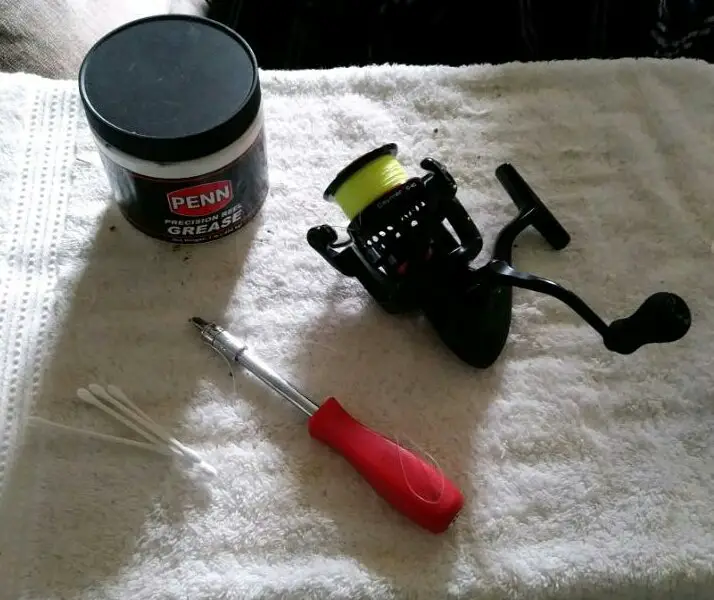Search
Latest Articles
Activities for the Stuck at Home Angler
by Hannah Pennebaker , April 05, 2020
Reel Maintenance
Yearly reel maintenance is important for every angler, doubly so for saltwater fishermen. Salt and sand build up in reels over time, and work their way into the gears, creating a gritty feeling and eventually destroying the reel. Sealed bearings can help prevent this, but it's still a good idea to re-grease your reel every year to keep it at its best.
Start off by gathering your tools and placing them on a flat, clean surface. I like to use a tray with raised edges to ensure no small springs or screws roll off and get lost. You will need a screwdriver, several Q-tips, a soft cloth, and reel grease or oil. Every reel is constructed differently, so it might be helpful to have a reel diagram or manufacturer's instructions for disassembly when doing so.
Many anglers wonder if they should use grease or oil in their reels. My preference is for Penn's Precision Reel Grease. It is long lasting and excellent at keeping out salt and sand. It creates a barrier layer which is important for harsh environments. Freshwater anglers might prefer oil, and it does make your reels slightly more smooth when compared to a greased reel. I grease all my reels right out of the box as a preventative measure, and re-grease them seasonally.
Begin by unscrewing the drag adjuster knob to remove the spool. Then take off the gear box cover, which is usually secured with a few screws. Take out the gears in an order you will remember, and lay them out neatly. Use a Q tip and grease every gear, as well as any moving part you see. Grease the bail at the hinge to prevent any corrosion there. Reassemble, and you're all done! Your reel will be protected against corrosion and sand, and will last you many years.
Organization Ideas
While performing seasonal reel maintenance is always a good idea, now is also a good time to organize and reimagine your tackle storage. My tackle box choice has evolved over the years. I started off with a small $10 red fishing bag, but as my tackle selection grew and I started doing more types of fishing I graduated to a larger shoulder bag that carried several tackle boxes. This worked fine for dock fishing, but being a Northwestern fisherman I was always on the move following the salmon, and navigating brush and trails with a shoulder bag and several rods wasn't the easiest solution.
Recently I made the switch to a fishing backpack, and I'll never look back. Depending on the model you get, they can carry 1-2 rods, 5-8 tackle boxes, and many other tools. If you limit out on fish, nothing is easier than tying your stringer to your backpack and taking the long walk back to the car in comfort. I'd recommend these to any angler who does plenty of walking, such as jetty fishermen and salmon/steelhead fishermen. There are a variety of types out there, some with pockets to hold sunglasses and others with corrosion resistant zippers. Fishing backpacks are much different than school backpacks because they're constructed of tougher, tear resistant materials and offer a multitude of pockets geared towards fishermen. Now is a great time to transfer your tackle boxes and tools into a fishing backpack.
Even if you are happy with your current method of tackle transportation, it's also a good idea to take the time to organize and label your tackle boxes. You could have a dedicated swimbait box, a box for weights, and a box for trolling lures. Label each with your name and phone number in case they are ever misplaced. This also gives you the opportunity to inspect your equipment for damage. Keep an eye out for rusted hooks, misshapen weights, and broken tackle box snaps.
Other Projects
Here are some project ideas for stay at home anglers in the coming weeks!
If you're anything like me, your garage is overflowing with too many fishing rods. You could make a homemade rod holder out of cardboard or spare wood! You could also add a casting deck to your boat. All you need is some plywood, 2X4's, and some carpet. Measure out the front of your boat and draw an outline on some plywood. Staple on carpet for traction, add a sturdy frame underneath with your 2X4's, and you have a casting deck! This can also double as storage for your life jackets and coolers. This is also a great time to practice and learn new fishing knots. There are books dedicated to fishing knots; there are always new knots to learn! The palomar knot, improved clincher, dropper loop, and FG knot are all versatile knots to have in your arsenal.
In addition to performing reel maintenance, organizing your tackle, and doing new projects, now is a great time to reflect on past fishing memories. Share some pictures on Facebook fishing groups, and reminisce about the good times. Fishing brings people together and gives us all exciting and unique moments. Try to stay busy and be positive, and look forward to more good times ahead!
Hannah Pennebaker graduated from Pacific Lutheran University with a degree in Environmental Studies. She enjoys both freshwater and saltwater fishing adventures in the Puget Sound area with her fishing group, the Straw Hat Fishermen.


